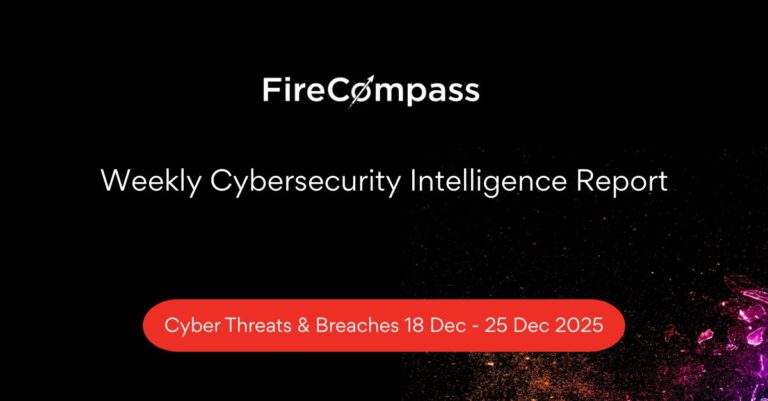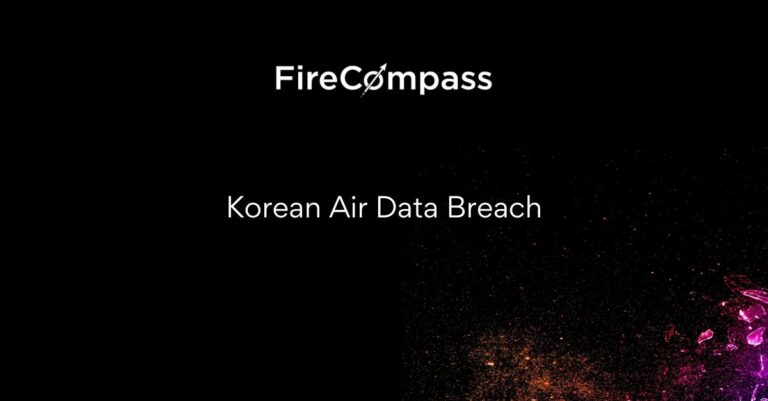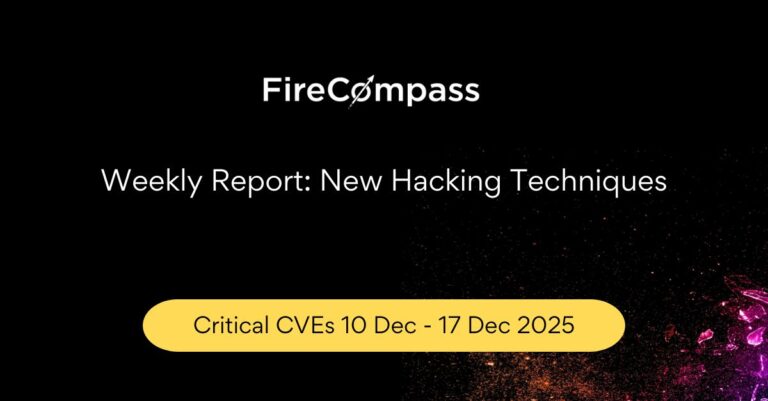News stories about Security breaches are increasing day by day. Security breach instances are growing at an alarming rate; while becoming faster and larger in scope. Approximately 1500 companies are breached annually and the total records compromised nearly double each year.
An organization must work quickly and accurately to navigate the terrain. The impact for organizations can be greater than fines. The impact of a Security breach is tied to the type of data involved. If the organization’s confidential data has been exposed, it can have destructive effects.
How Could a Breach Affect your Organisation?
Organizations are unique in terms of the impact of a Security Breach, dependent on the services or the market value, and the industry in which it operates. Data protection and security are critical elements in protecting your brand’s reputation and maintaining the trust.
A recent Forbes Insights report, Fallout: The Reputational Impact of IT Risk, highlighted how an IT security breach can have serious implications on how a company is perceived.
According to the report:
- 46% of organizations suffered damage to their reputations and brand value as a result of a cyber-security breach
- 19% of organizations suffered damage to their reputations and brand value as a result of a third-party security breach or IT system failure
Here are some of the common Security Breach impacts you should consider when evaluating your own security posture include:
- Reputation Risk
- Financial Losses
- Reduced Revenue
Reputation Risk: A good reputation is often a company’s most valuable asset as a business must work constantly to build and maintain the integrity of its brand. However, one compromising event like a security breach can tarnish even the best of reputations. While every hack is different and effects organization in various ways, companies that have been breached has an adverse effect on their reputation.
Financial Losses: Security breach costs small business disproportionately more than big businesses when adjusted for organizational size. For a large organization, the financial impact of a breach may run into the millions, but at their scale, the monetary implications are barely a broken thread.
Reduced Revenue: Once businesses are aware that their system has been attacked by a hacker, the most common course of action is to stop operations until they find a solution. Companies have to find the source of the data breach, especially if a particular network flaw allowed the hacker to access sensitive information. With processes on shutdown to eradicate the breach, companies can lose revenue.
Mitigation Techniques:
Need for a Well Defined Security Strategy – very important to have a strong security plan effectively imposed.
Eliminate the OWASP Top 10 – consists of a list of vulnerabilities every organization must take care of in order to avoid uninvited risks.
Vulnerability Assessment & Patching – Weekly Vulnerability Assessment & Patch management – This will help minimize the window of exposure.
Security Awareness and training – to provide the essential education to the employees and the users about the security posture, so that they stay fool-proof.
Data encryption mechanisms and key exchange techniques – to make data unusable and unreadable by intruders.
Review and update security policies and standards – to know whether the organization is abiding by the measures taken to protect itself and everything belonging to it.
Deception technologies – implementation of which will help organizations to understand the behavior of the adversary in order to amplify the security stance adopted.
Account Management – to rotate, audit and control access to private assets.
Access Enforcement – to prevent users from escalating their access permissions to crucial information and stored keys.
Least Privilege – to limit access to the employees but provide access and resources enough to carry out their tasks with no hindrance.
Auditing and Monitoring – to keep a track on who and what accessed the system, with time specifications.
Risk Assessment – to discover and validate risks and threats occurring in the perimeter of the organization.
Continuous Monitoring – to associate with individual users or systems and detect unauthorized access.
Sources:










